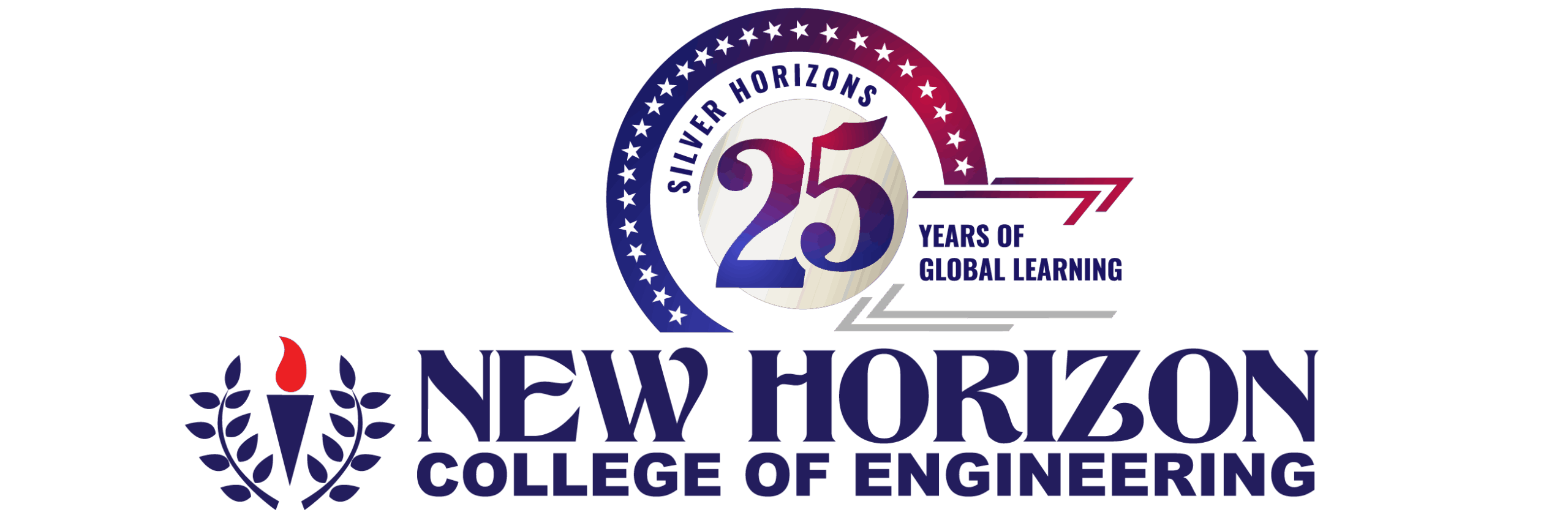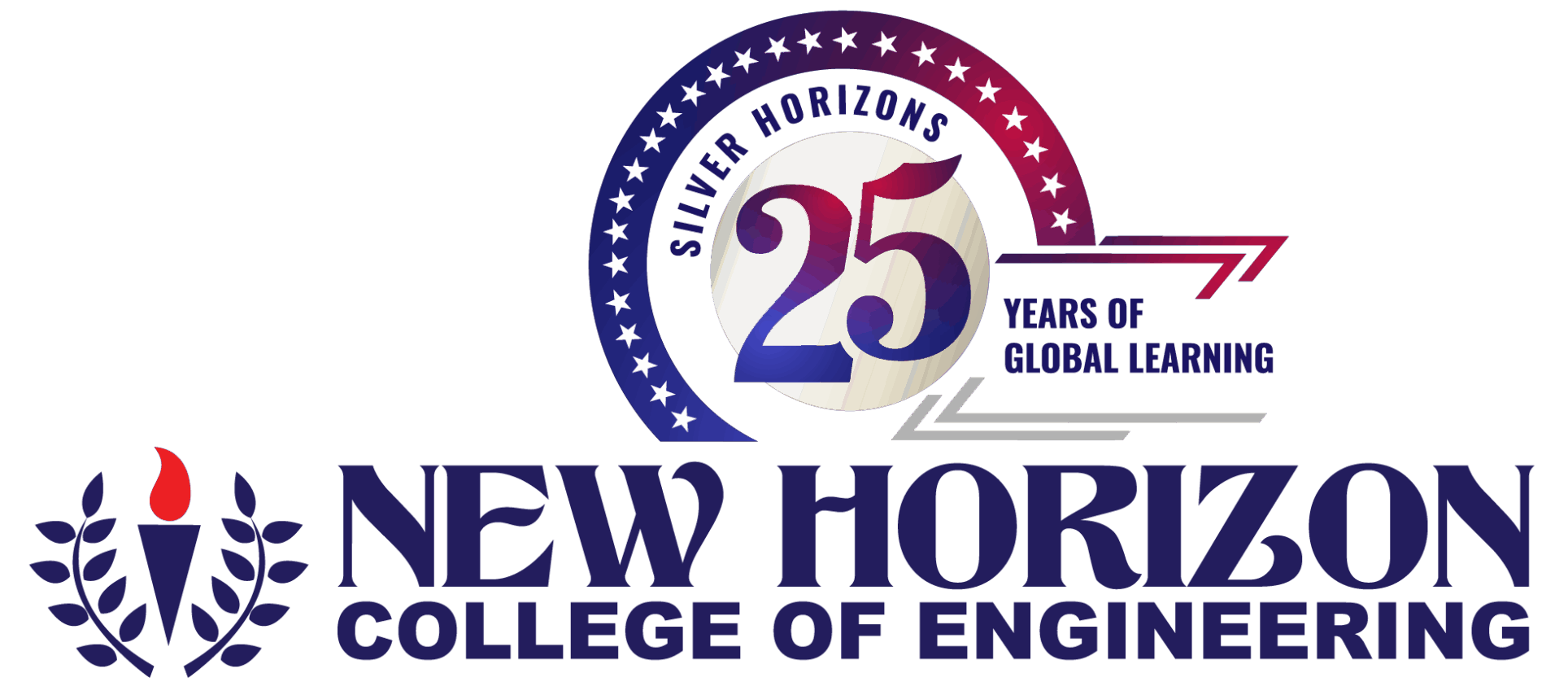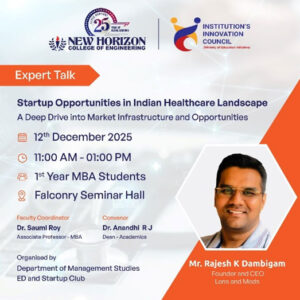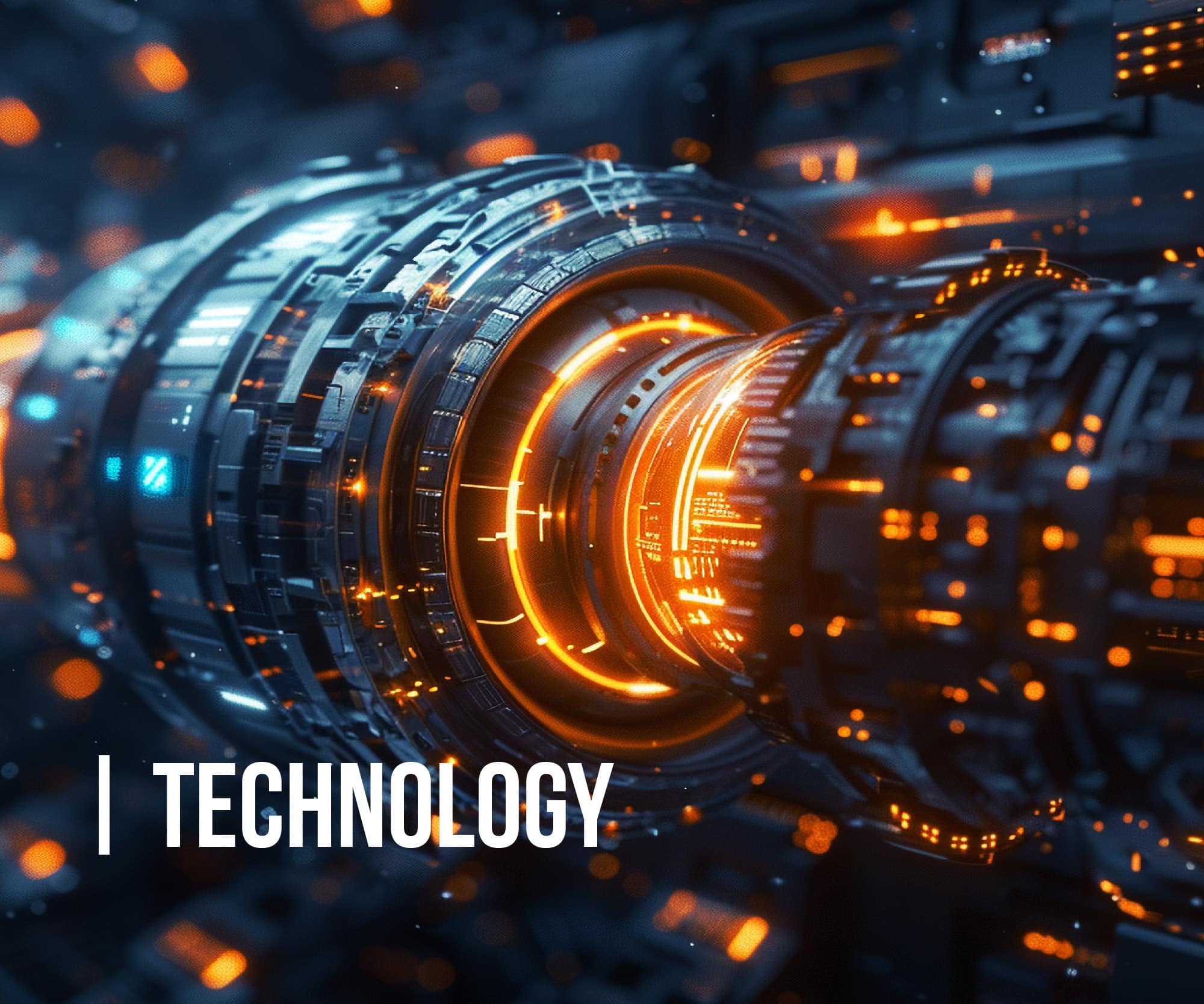
Unleashing Potential: Exploring the Impact of Artificial Intelligence
A new technology that has taken the world by storm is artificial intelligence (AI). In simple terms, AI refers to a technology that enables computers, robots, or computer-controlled machines to perform tasks effectively and efficiently, mimicking human intelligence. These systems are designed to think, learn, and make decisions like humans. Recently, AI has made significant inroads into every industry, impacting tasks ranging from basic writing to complex functions like generating videos from text. As AI continues to evolve, pursuing an AI course has become essential for those looking to understand its applications and implications.
Understanding AI and its impact is crucial, as it comes with both benefits and challenges. Its advantages include wide applicability across industries and the ability to design products skillfully. However, AI also necessitates policy formation and regulation due to its effects on jobs, ethics, and society. Studying at the best AI college can help individuals develop the skills needed to harness AI’s potential while addressing its challenges. With the right education and ethical considerations, AI and humans can work together seamlessly without adverse spill-over effects.
AI in industries
As mentioned earlier, the influence of AI can be seen across almost every sphere. Industries are leveraging this technology to streamline operations, reduce costs, and save time, making processes more efficient and cost-effective. With AI integration, businesses have undergone a significant transformation, adopting automation and data-driven decision-making. To stay ahead in this evolving landscape, professionals are increasingly looking for the top AI course for the future to gain expertise in AI-driven advancements.
The impact of AI is evident in various sectors, from healthcare to finance and manufacturing. As industries continue to evolve, pursuing the best AI program equips individuals with the necessary skills to innovate and adapt. Understanding AI applications enables professionals to contribute to this technological revolution, ensuring they remain at the forefront of industry advancements.
You might also want to know about the Difference Between Data Science and Artificial Intelligence
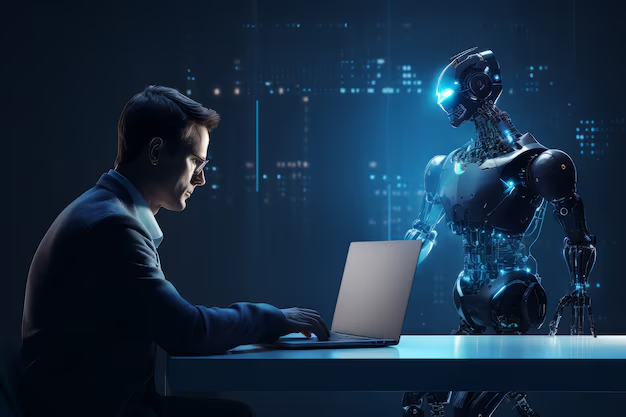
Healthcare
AI has also made its way into the healthcare sector. Though its impact may not always be explicitly visible, it plays a crucial role in enhancing medical processes. AI-driven algorithms assist in examining X-ray and CT scan reports, helping doctors analyze data efficiently and provide quicker, more accurate diagnoses. With advancements in AI, students aspiring to contribute to this field can benefit from studying at the best AI colleges, where they can develop expertise in AI-driven healthcare innovations.
AI also acts as a vast repository, storing extensive medical data that aids in experiments, drug development, and efficacy testing. Virtual chatbots used in hospitals streamline customer service by answering patient queries, booking appointments, and managing doctor schedules. Additionally, AI applications such as telemedicine, patient monitoring, personalized medicine, robotic surgery, disease diagnosis, and predictive analysis continue to evolve. Pursuing education at the top AI colleges equips students with the skills to drive innovation in AI-powered healthcare solutions.
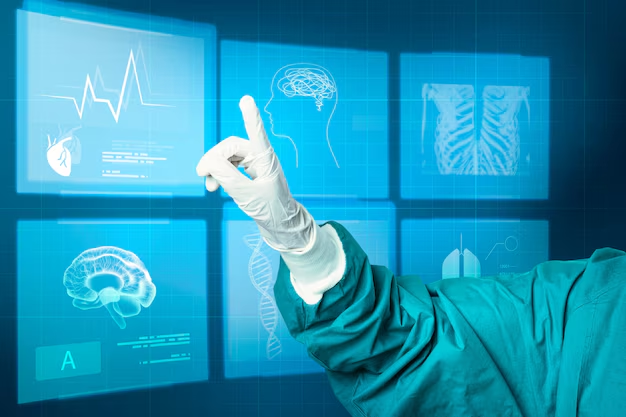
Finance and banking
The banking realm has started taking advantage of AI to a great degree. To stay ahead of their competitors, a few banks use chatbots that offer online responses to customers. The banks also use AI to predict the risk of lending loans to individuals by analysing their records. AI also guides the banks on the latest market trends, can estimate the risk of lending, record transactions, detect fraud, and produce analytical reports of people.
Artificial intelligence effects are also prominent in the finance sector. Similar to banking, AI helps finance organisations take calculated risks, analyse the market in depth, examine the creditworthiness of borrowers, and estimate the future of the economy, which will assist institutions in making informed decisions.
For instance, HDFC Bank has come up with the idea of establishing its own AI chatbot that gives instant answers and assistance.
Retail and e-commerce
E-commerce enterprises rely heavily on big data technologies to store and analyse data on a large scale. These businesses use AI to understand customers’ mindsets and design accordingly. The AI algorithms store the browsing patterns and choices of customers and then display similar products on search engines and other apps like Google, YouTube, etc. In a way, it also helps viewers, as they get customised articles readily.
To engage more customers, AI chatbots are also in use to provide support, answer queries, and help out customers regarding product details. Online retailers can use machine learning to determine fraud reviews to maintain the authenticity of their company and gain the trust of consumers. Based on the feedback received on the articles, AI can summarise and provide solutions to correct the defects.
Amazon is one such company that has made the best use of AI. Its AI-powered suggestions based on previous purchases have simplified the entire online shopping model.
Manufacturing
The impact of AI on manufacturing cannot be neglected. Starting from brainstorming and designing the product to getting a finished product, the influence of AI is almost visible at every stage. New and innovative models and solutions are designed to harness AI technology based on the information fed. This not only enhances the efficiency of the product but also cuts down on time with little scope for minor errors.
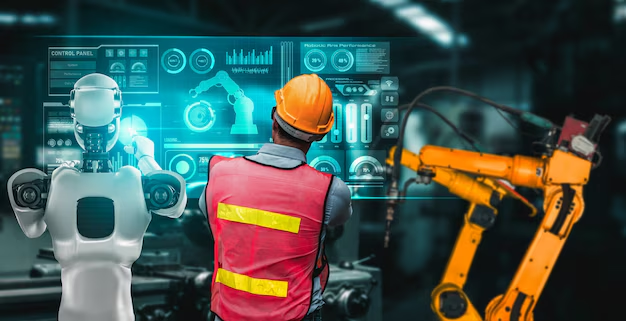
The use of machine learning and AI has helped in developing economical, durable, resilient, and lighter products. They also predict the demand and supply of a particular item in the market, identifying the opportunities for businesses to focus on creating them. Automation technology employs robots that can perform certain complex tasks in a fraction of a second. They are trained to behave humanely.
For example, a few automobile industries, like Ford, use AI to identify vehicle issues, improve the quality of vehicles, monitor vehicle performance, assess customer preferences, etc.
Transportation and logistics
AI has eased logistics and is in the process of revolutionising logistics across the globe. It can evaluate data and provide solutions to clear traffic flow. It can plan schedules and allot specific times that will allow the free flow of goods. It can detect weather conditions, remind maintenance of vehicles, and facilitate smooth and seamless transport. It also gives information about cost-effective ways of packaging, short routes, etc.
It also assists drivers in making significant decisions while driving, like knowing which roads are busy, when to apply brakes, the optimum speed limit in a particular area, and so on. In the coming years, self-driving cars will see a boom as they are estimated to reduce accidents. It is speculated that AI can surpass humans in providing critical data and replacing traditional transportation and logistics methods.
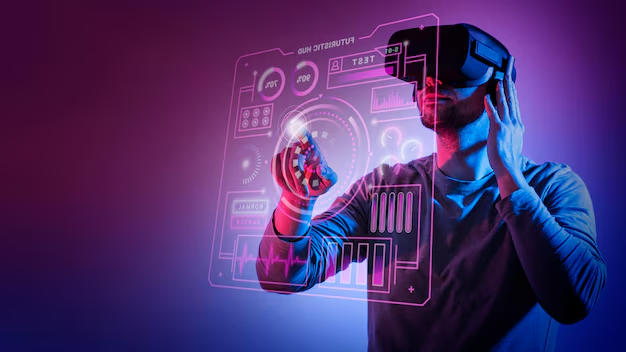
Societal Impact
Impact of AI on jobs and unemployment: Though the benefits of AI are massive, it comes with its disadvantages:
- Human replacement: Since robots and machines are trained to think, act, and make decisions as humans, there is a possibility that these robots will replace humans, if not all, but in a few spheres. For instance, it can take up the job of a receptionist, waiter, customer service provider, driver, etc. With the advent of ChatGPT, there is a fear among content writers that it will replace them. Text-to-video conversion and automatic caption generators have all lessened the burden on a creator. Nevertheless, these jobs were previously done by humans, who are now on the verge of losing their jobs.
- Surge in unemployment: The unemployment rates are already high, and this will further worsen the situation. Youth who lose jobs and those facing difficulty finding a new one will sit idle and resort to the consumption of alcohol, drugs, etc. to relieve their stress.
Ethical considerations and societal implications: AI has become an integral part of but its ethical implications should also be taken into consideration before mindlessly using it everywhere.
- Chances of misuse: As we know, AI acts based on the instructions fed to it. If biased, unjust, and disruptive instructions are given, it may lead to a disaster. This can be used for the wrong reasons, which can affect humanity. For instance, while checking online reviews, if it is instructed to eliminate bad reviews, then that would be an unfair practice.
- Accountability issues: If a system fails or backfires, who will be held accountable? There is a lack of transparency, and the blame game begins. Once this happens, the users will lose trust in technology and will always be doubtful of trying new things. The best example would be driverless cars. If an accident occurs, who has to be punished and who will pay the compensation to the family are the big questions.
- Use of personal data: AI keeps track of our personal information, and this is used by companies to design and suggest products as part of their marketing strategy. This raises privacy and security concerns as people are unaware of their data being used without consent. Example: E-commerce websites are tracking our previous purchases and recommending similar products.
- Online fraud: online frauds are soaring lately. Vast personal data is either hacked or sold at large amounts for money and other desires. For example, hackers can use this data to threaten people to leak personal information online.
- Tool in warfare: AI can be used as a weapon to create lethal devices that have no cure or are unheard of. It may also track the location, plan for bombing, etc.
Technological Advancements
AI is the new driving technology in the market currently. A few recent developments in the field of AI include:
- Robots: Machine learning and AI have augmented the efficacy of the robots, which now perform complex tasks. For instance, the CIMON-2 robot from Airbus acts as a companion to astronauts. It is skilled to talk, move, and perform everyday tasks.
- Natural Language Processing (NLP): To resemble humans, AI is modelled to understand human language and converse as humans do. Chatbots and AI-powered assistants are good examples.
- Content creation: AI accepts data and generates audio, video, images, etc. ChatGPT, introduced by AI, provides ideas and content on almost everything.
Future of AI
Looking at the recent advancements in AI, there is no doubt that AI’s impact will grow multifold. The majority of industries have incorporated AI in one form or another. AI has transformed the way few organisations work. Its data-analysing power will also influence decision-making. Reading huge amounts of data and generating a report or a solution will save the company’s costs and time. This may threaten the livelihoods of people like data analysts. AI automation will definitely result in job losses.
Hence, the future without AI looks bleak. AI will act as a double-edged sword, and therefore it has to be wisely used without causing threats to people.
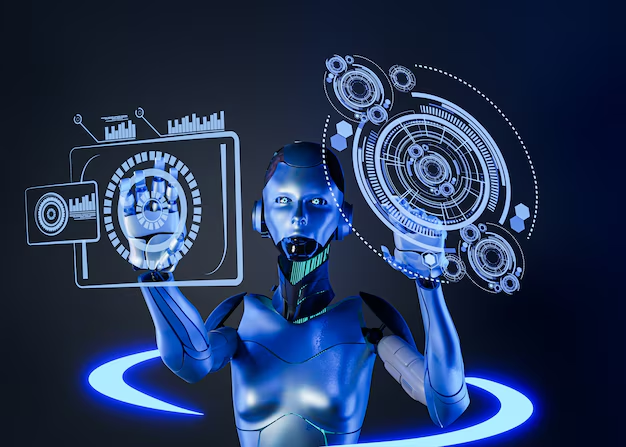
Conclusion
AI is undoubtedly one of the most groundbreaking technologies of the 21st century. Its influence, impact, and ability to replace traditional methods have transformed industries worldwide. Looking ahead, AI must be leveraged to enhance the sustainability of organizations while addressing critical issues like climate change. Proper regulations should also be implemented to safeguard citizens’ data and ensure ethical AI deployment.
Rather than displacing humans, AI should be integrated into fields where human intervention is challenging or where it can enhance efficiency. Studying at the best AI colleges in Bangalore equips students with the knowledge and skills to develop AI solutions that balance technological advancement with ethical considerations. With the right approach, AI can be harnessed responsibly to create a positive impact across various industries.
FAQs
- AI has made crucial contributions to many fields, including healthcare and finance. Drug discovery, disease diagnosis, examining scan reports, assisting doctors in providing solutions, conducting clinical trials, storing patient data, etc.
- In the finance realm, AI is used to assess the value of collateral, help in taking risks based on the data realised, understand and predict market trends, etc.
- The personal data of citizens used to create algorithms will compromise the security and privacy of individuals.
- Disinformation, fake reviews, and volatile markets are some of the negative impacts of AI on society.
- New AI tools like chatbots and robots are starting to replace humans. So this leads to an opportunity crunch for humans.
- Widespread adoption leads to job disruption, escalating unemployment. Youth need constant reskilling and upskilling to stay relevant. Since the demand for AI is high, unemployment will further exacerbate it.
- The system is void of emotional intelligence. There are chances of misusing it against humans itself.
- The unprecedented advancements can threaten national security and the lives and livelihoods of people.
- Automation, self-driving vehicles, robotics, generative AI, and the use of AI in multiple fields such as logistics, healthcare, banking, research, manufacturing, etc.
